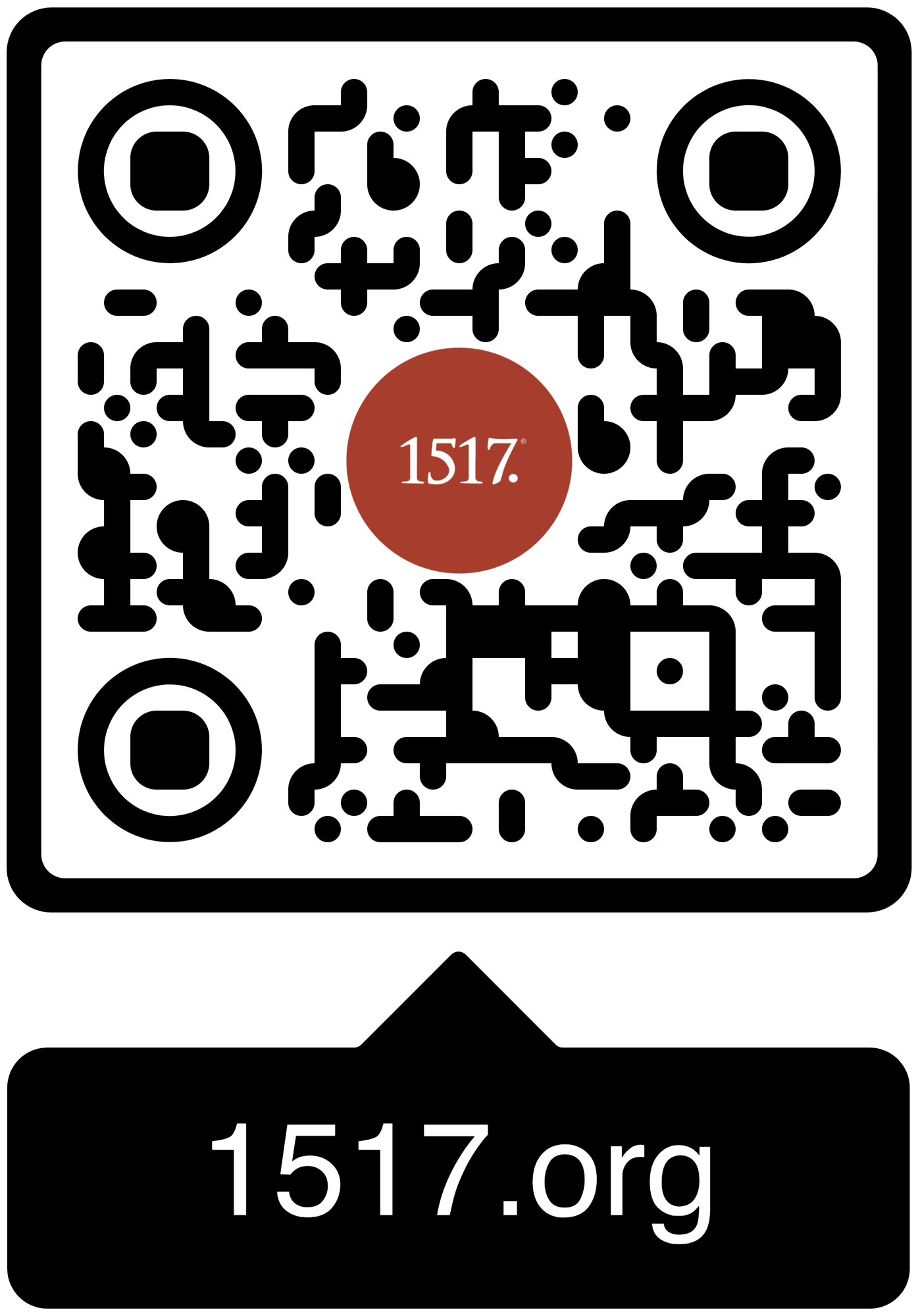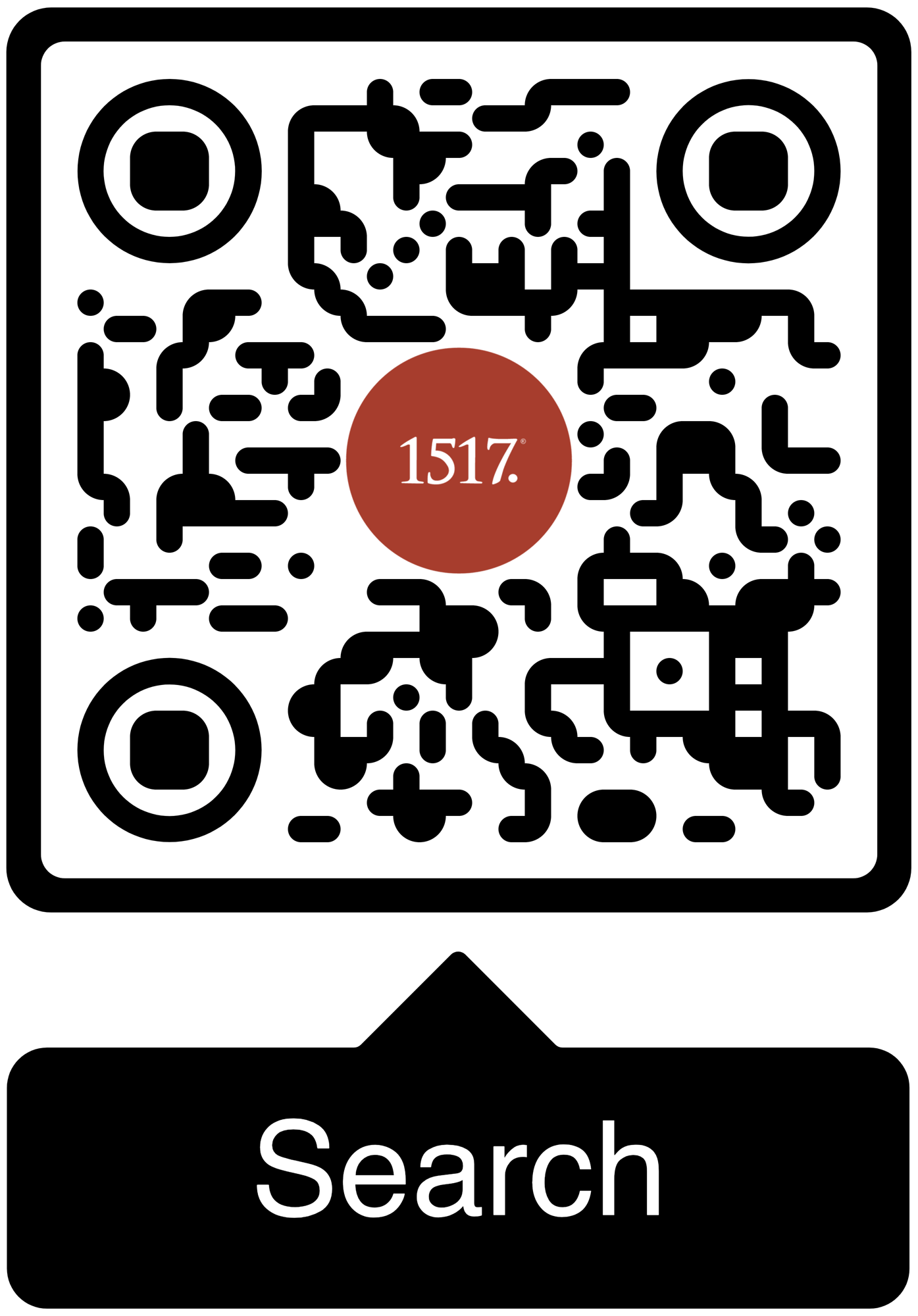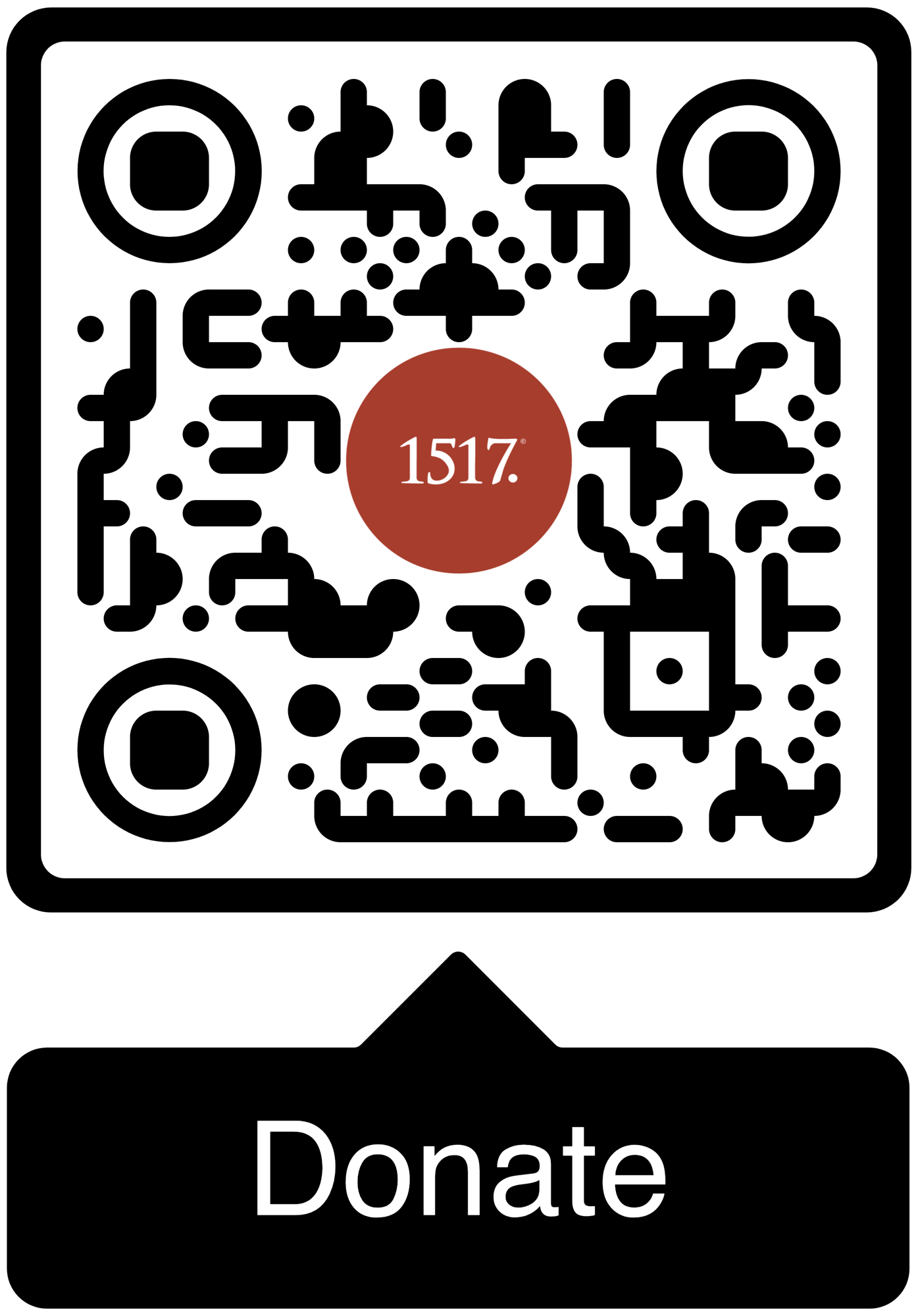This is an excerpt from Chapter 1 in Sinner Saint: A Surprising Primer to the Christian Life
The Christian is a sinner and the Christian is a saint, simultaneously. While this idea has been around throughout much of church history, it wasn’t until the time of the Reformation that the teaching was formally codified and explained in a systematic way. The Latin phrase is simul justus et peccator, alternately translated as “simultaneously saint and sinner,” “simultaneously righteous and sinful,” or “at once righteous and sinful.” We’ll use the word simul for short to designate this teaching. The phrase itself comes directly from sixteenth-century reformer Martin Luther, though it was anticipated by predecessors such as Jan Hus over a century earlier, who declared that Christians are “at one and the same time righteous and unrighteous, believing and unbelieving.” In his comments on the book of Galatians, Luther defines the simul in this seminal statement: “thus a Christian man is righteous and a sinner at the same time, holy and profane, an enemy of God and a child of God.” Luther recognizes the seemingly counterintuitive nature of this statement by raising the question himself: “How can these two contradictory things both be true at the same time, that I am a sinner and deserve divine wrath and hate, and that the Father loves me? Here nothing can intervene except Christ the Mediator... A Christian... is loved by the Father, not for his own sake but for the sake of Christ the Beloved.”
Two quick clarifications here. First, the simul is not a dualistic yin and yang-type situation, where Christians may be (for example) thirty-five percent bad and sixty-five percent good at any given moment, with the forces of good and evil mixed together in an undifferentiated mass. Christians are not partial sinners and partial saints. Instead, they are, at every moment, one hundred percent sinner and one hundred percent saint. We are always completely sinful (on account of our deeds) and completely righteous (on account of Jesus). Now, if you are of the left-brained, mathematician-variety, your head probably hurts. I feel your pain. I used to be an engineer myself, and the numbers just don’t add up. We’ll get into this more as the book goes on. For now, though, you may want to put your calculator away.
The simul is a mind-boggler; a category-scrambler with few earthly parallels.
Second, this sinner-saint paradigm does not imply that every- thing humans do is totally and utterly debauched, perverted, and degenerate. Affirming the presence of an “inner sinner” does not automatically negate the possibility of good. Instead, when we say that the category “sinner” never ceases to apply to Christians, what we mean is that every molecule of us is still subject to sin’s pull, including our thoughts, words, and deeds. Like a child who has just polished off a bag of Cheetos and goes to play on the furniture, we leave our greasy, sin-stained fingerprints on everything we touch. The prophet Isaiah goes so far as to say that “... All our righteous deeds are like a polluted garment” (Isa. 64:6). In other words, even when I do something good like washing the dishes, I am not doing so for purely altruistic reasons. Part of me is doing it for the selfish desire of human praise; I want a pat on the back from my wife. I want to be recognized for the good I am doing, like the Pharisees Jesus spoke of (see Luke 18:9‐14).
The simul is a mind-boggler; a category-scrambler with few earthly parallels. After all, you can’t be simul a good and bad employee. You can’t be simul an adulterer and a faithful spouse. You can’t be simul an arsonist and a law-abiding citizen. And despite the antics of Brett Favre, you can’t be simul a Vikings fan and Packers fan—after all, God spits the lukewarm out of his mouth (Rev. 3:16).
For now, however, we’ll simply note that the simul forms the foundation for our response to the question of ongoing sin in the life of the believer. We’ll discover that this teaching, while not always logical, is unswervingly biblical. It has enormous explanatory power not just scripturally but experientially. In other words, you don’t have to be a Christian to appreciate how accurately it describes human behavior. In short, Christians are simultaneously saint and sinner. We are totally sinful and totally righteous at the same time. Yet none of this prevents God from loving us unconditionally and transforming us through his Spirit.





